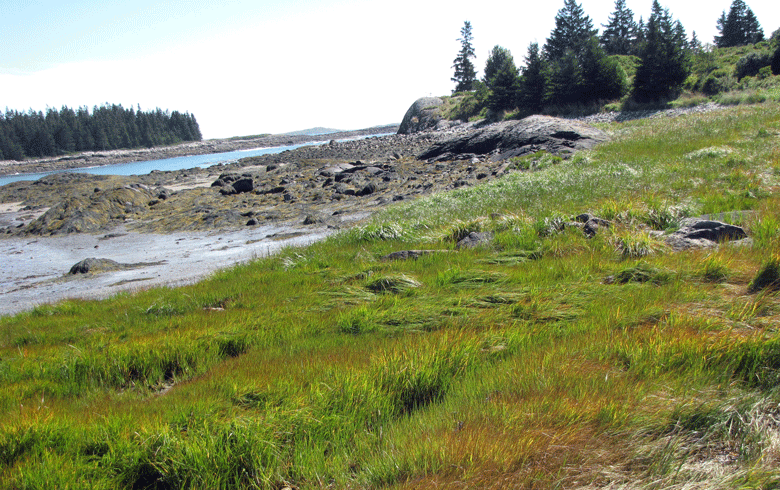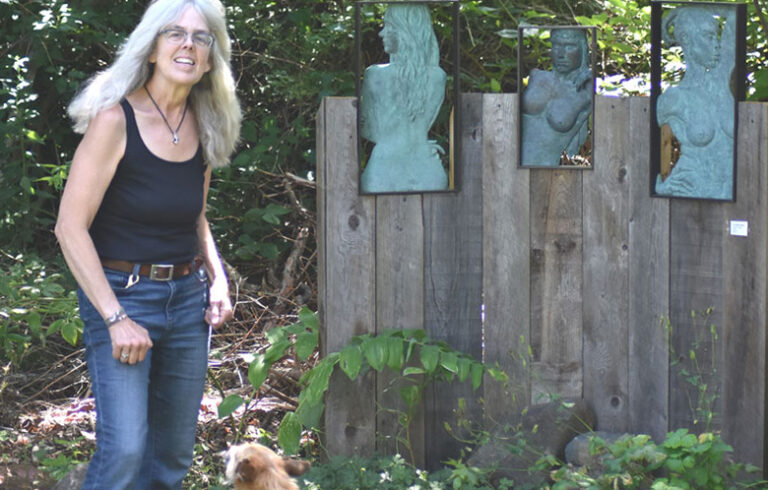As a resident of Vinalhaven, I have had family and friends from across the country and world reach out during the last nine months to ask about my island’s experience with COVID-19. People were curious: What is the “island experience”? When is an island the best place to be? Can you get COVID tests? How do you social distance in such a small place? Is there enough toilet paper?
What is easy to forget in these conversations is how different the island experience is for everyone. There is no universal Maine island experience in any situation, let alone in a pandemic.
Maine’s year-round island communities range in population from a few dozen residents to over 1,100. Although no islands have hospitals or ICU beds, Vinalhaven has a medical facility with on-call staff, behavioral health, and dental services. Services on the other islands vary from small health centers, to a few dedicated EMTs, to no service at all.
On each island there is a tension between our independence and dependence on others.
Vinalhaven Island’s Carvers Harbor Market did a remarkable job keeping the shelves stocked and customers served for the duration of the pandemic so far, including toilet paper, while other islands without stores have struggled with access to fresh food.
Despite these differences, a few themes emerged when I reached out to friends and colleagues to learn more about their island pandemic experience. The first was a feeling of security, even if that sense is false.
Cheryl Crowley, an EMT on Cliff Island, talked about feeling a sense of control of how much exposure one has. On small islands, it is normal to live interacting with only a handful of people. Donna Wiegle, the local health officer on Swan’s Island, talked about how easy it is to believe the virus won’t come to your community because you know everyone, and “would know” if someone is sick.
Though it is comforting, both said this sense of security is also dangerous because people are more likely to not be cautious.
On each island there is a tension between our independence and dependence on others. As the pandemic unfolded, each island community developed its own guidelines for residents and visitors, taking into account the unique transportation challenges and ability to be self-sufficient. Select boards and town managers, many who work part time or volunteer, have been forced to make monumental, and often unpopular decisions.
Yet when faced with these unprecedented challenges, independent islands have needed to rely more on other islands and neighboring community partners.
On Cliff Island in Casco Bay, where there is not a health center, residents were able to use resources from nearby Long Island’s wellness center to obtain rapid tests. Having the tests available on island means sick residents didn’t have to take a ferry to Portland and risk exposing others.
Swan’s Island’s Mill Pond Health Center developed contact tracing protocols based on experiences and resources shared by the island of North Haven, which had a developed an effective plan after an outbreak there.
Logistics on islands are always complicated. Testing and possible vaccination programs only increase the complexity. The Island Institute was recently involved in an effort to get COVID tests out to communities. The challenges of temperature regulation, adequate storage, and infrastructure to qualify for tests made each island’s effort unique and challenging.
In looking ahead, questions remain about maintaining the temperature of the vaccine and the risks for patients leaving islands to be vaccinated. Although there are no clear answers, the islanders I spoke with seemed hopeful that island-specific solutions might be developed.
Like the rest of the world, those of us living the “island experience” of COVID-19 aren’t sure what’s coming next. Will we be able to welcome back seasonal residents and visitors without restrictions next summer? What new challenge will come to our community?
What we do know is that islanders must continue to rely on each other. And we value our relationships with those who care deeply about where we live to define our post-pandemic normal.
Karen Burns is chief leadership officer at the Island Institute, publisher of The Working Waterfront.





